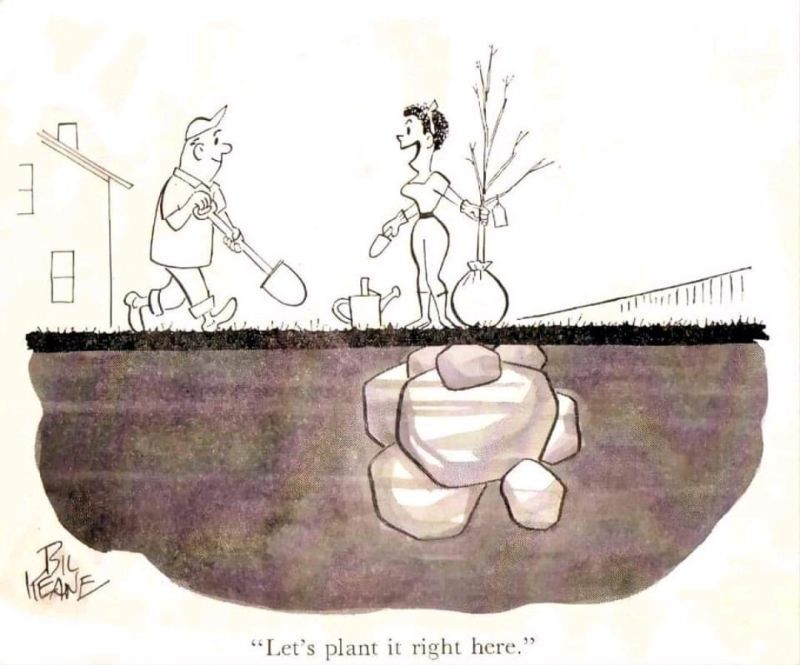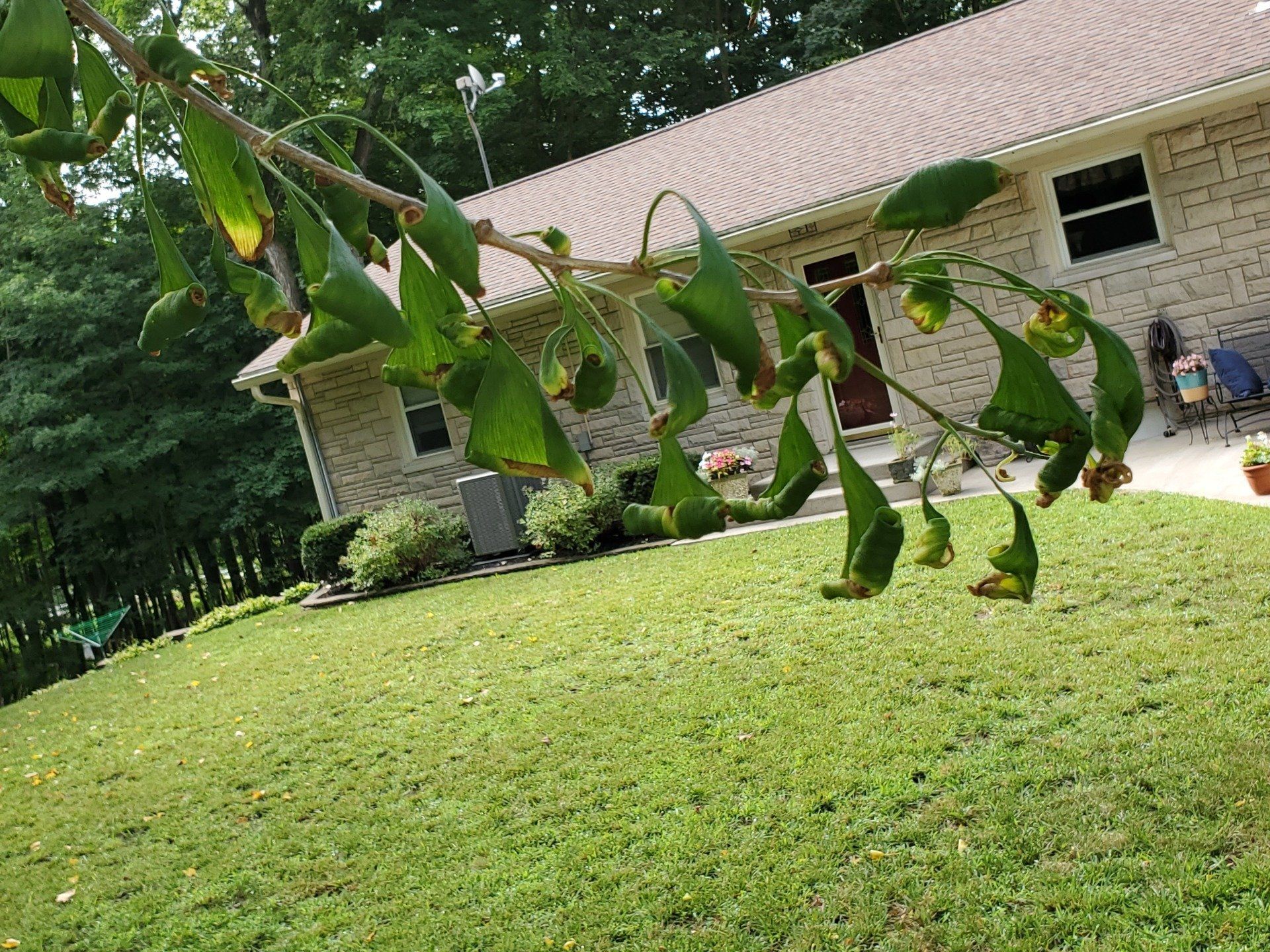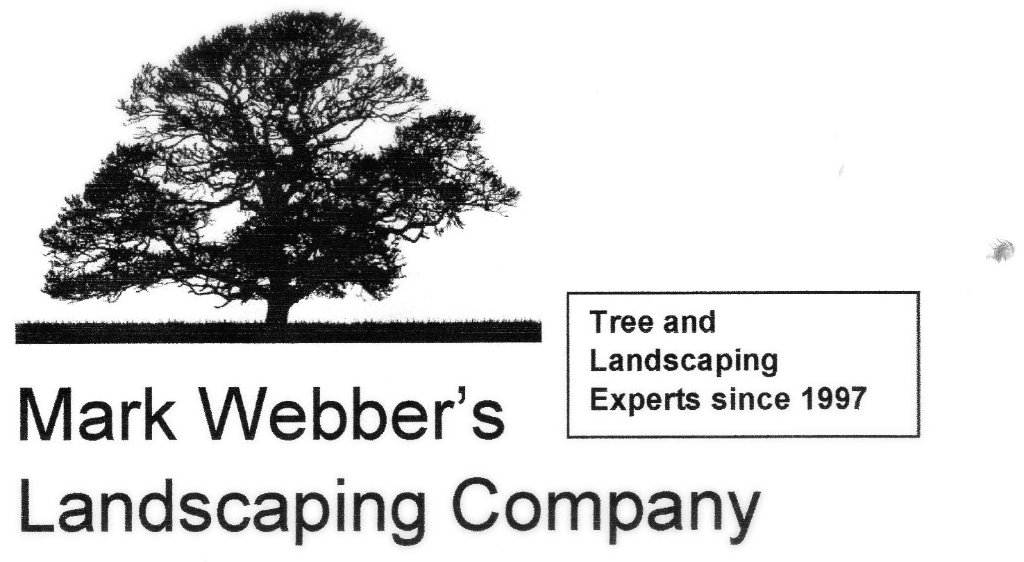Tree Wound Response Growth
Maintenance really matters in trees
I recently was in South Florida, and I saw a tree known as the Gumbo-Limbo( Bursera simaruba
). The Gumbo-Limbo is a large semi-evergreen tree that can reach sixty feet in height, but it’s usually seen smaller in landscape plantings. The trunk and branches are thick and are covered with resinous, smooth, peeling coppery-colored bark with an attractive, shiny, freshly-varnished appearance. The Gumbo-Limbo is often referred to as the "tourist tree" because the tree's bark is red and peeling, like the skin of a sunburnt tourist.
Gumbo-Limbo is also considered one of the most wind-tolerant trees. and I always enjoy seeing its unique trunk and branch shapes from previous injury incidents. Trees in all climates are unique compared to other plants since they deal with injuries by compartmentalizing the area of injury by developing four distinct walls to surround the wound. Trees are commonly wounded, and the causes are many: broken branches; impacts, abrasions scrapes, etc. Wounds usually break the bark and damage the food- (phloem or inner bark) and water- (xylem or wood) conducting tissues. Wounds also expose the inside of the tree to organisms, primarily bacteria, and fungi that may infect and cause discoloration and decay of the wood. Decay can result in structurally weakened tree stems and unsightly trees and can shorten the life of a tree. Decay in a tree cannot be cured. However, proper tree care can limit the progress of decay in an injured tree.
Keep in mine some tree species are better than others at doing this, and the compartmentalization process requires the tree to be in high vigor to build and maintain these four walls. This process is called CODIT or the Compartmentalization Of Decay In Trees. Thus trees don't heal they seal defects off from water, bacteria, and fungi.
One of the reasons that trees like the Gumbo-Limbo seen in this photograph has all the twists, bends, wing-shapes, and irregular tapers and turns is it was injured at some point in time. The tree then responded by producing new wood fibers and encircling the wounded regions and successfully blocking water, bacteria, and fungi from entering the tree. Discoloration is the orderly response of the tree to microorganisms resulting in darkened wood but no strength loss. Decay is the orderly breakdown of tissue resulting in strength loss. The rate of the discoloration and decay process depends on the severity of the wound, position in the tree, size of the wound, time of year, species, tree age, and the types of infecting microorganisms.
Process of CODIT
The walls are numbered in increasing order of their ability to retard the movement of decay organisms. For example, wall 3 is stronger than wall 1. Wall 1 may or may not be present at the time of wounding. Walls 2 and 3 are present in the tree at all times. Wall 4 forms in response to injury.
Wall 1: Xylem vessels immediately above and below an injury plug with chemicals when a tree is injured. This plugging response forms wall 1. Some plugging normally occurs without an injury. Plugging forms a weak boundary in some trees such a Hackberry (Celtis) and Poplars (Populus), but is stronger in others such as many of the Oaks (Quercus). Because wall 1 is weak, decay in some trees can advance rapidly up and down the trunk from the injury resulting in long columns of decay and hollow branches and trunks.
Wall 2: The growth rings make up wall 2. The transition from one growth ring to the next retards advancing decay organisms. Decay organisms often have a tougher time moving across growth rings (wall 2) than they do up and down the stem (wall 1). The functioning of wall 2 can be demonstrated when you view a cross-section of a trunk or branch that was injured previously. A darkened region often appears to stop its advancement inward toward the pith at the boundary of one growth ring with the next. This is wall 2 working.
Wall 3: The rays make up wall 3. They have plenty of decay-fighting capability because they are rich in starch. Discoloration and decay have a tougher time moving across wall 3 that walls 1 and 2. The strength of wall 3 can be demonstrated by viewing a cross section of a trunk or branch injured several years ago. Notice that there is a clear demarcation between darkened tissue and normal light colored wood. If walls 2 and 3 fail and decay organisms break through, the affected trunk or branch can become hollow. Wall 4 forms the outside edge of the hollow.
Wall 4: This is the strongest boundary that retards spread of discoloration and decay in trees. This reaction zone forms from the cambium along the edge of the outer-most growth ring present at the time the tree was injured. It begins at the point where the tree was injured and it may extend all or part way around the tree. Wall 4 stays in the same position in the tree but may extend further around or up and down the trunk with time. It does not move out with the new cambium. There may be numerous wall 4s in a tree, depending on its wounding history. Wall 4 forms the edge of a hollow.
Wall 4 develops in response to many different types of injuries. It can take several years for wall 4 to reach the other side of the trunk - or it may never reach that far. Wall 4 extends above and below the injury essentially in the shape of a pipe. It may develop a few inches or many feet above and below the injury.
Managing Trees With Injuries
Trees have evolved and managed defects for thousands of years by using CODIT. CODIT is one of the reasons why we have such majestic old trees. However, once a tree has a defect, it is still an issue that should be part of managing a tree's long-term condition. So as your trees age, they should be inspected and managed to reduce defects and decay. Maintenance really matters in long-term tree health and potential for structural failures. If your tree is properly pruned and kept healthy by proper cultural techniques it is likely your tree's ability to use CODIT to its long-term advantage will likely be a benefit to you the tree's owner.
Sources
http://gardeningsolutions.ifas.ufl.edu/plants/trees-and-shrubs/trees/gumbo-limbo.html
Compartmentalization in Trees. Alex Shigo.1985
Shigo, A.L. 1982. Tree health. Journal of Arboriculture 8(12):311-316.
Shigo, A.L. 1986. A New Tree Biology. Shigo Trees & Associates, Durham, NH. 595 p.
Decay Development. Edward Gilman. 2015
Tree Wounds: Response of Trees and What You Can Do. Wayne K. Clatterbuck. The University of Tennessee. October 2006.












